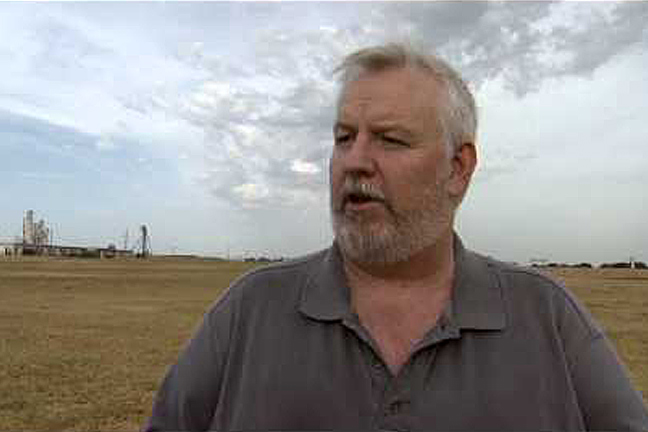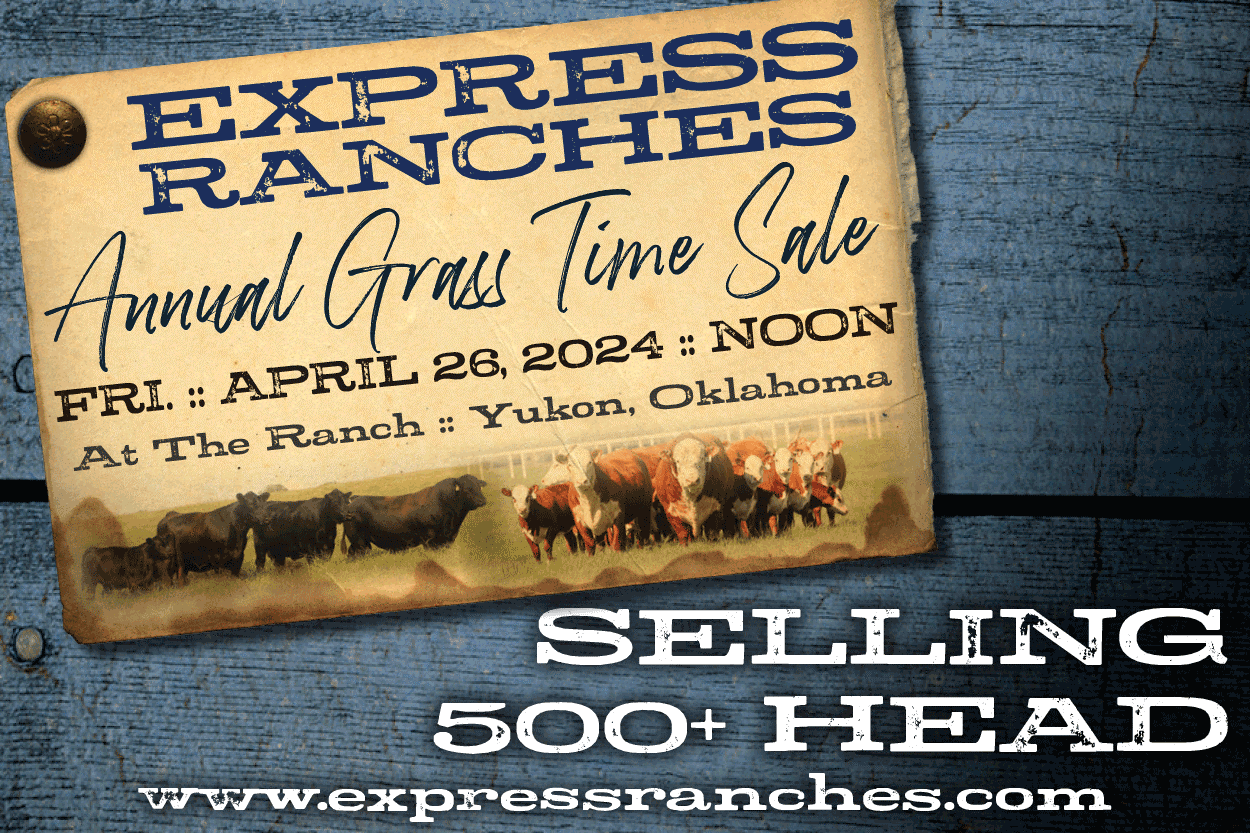
Agricultural News
Regional Changes in Cow-Calf Production: 2012 Census of Ag Summary, Part 2
Mon, 12 May 2014 15:21:29 CDT

Derrell S. Peel, Oklahoma State University Extension Livestock Marketing Specialist, writes in the latest Cow-Calf Newsletter:
The U.S. beef cow herd decreased by 11 percent from 2007 to 2014, dropping from 32.6 to 29.0 million head. Drought has been responsible for large beef cow inventory decreases in Texas (down 25 percent); Oklahoma (down 12 percent) and New Mexico (down 16 percent). Most of the decrease in these states has occurred since 2011 and significant rebuilding of the beef cow herd in these states is expected when conditions permit. However, decreases in the beef cow herd in much of the eastern half of the country appear to be more structural and long term in nature due to changes in forage production. For example, from 2007 to 2014, the beef cow herd decreased significantly in Iowa (down12 percent); Illinois (down 16 percent); Indiana (down 18 percent); Missouri (down14 percent); Kentucky (down 16 percent); Tennessee (down 23 percent); Minnesota (down 14 percent); and Georgia (down 18 percent).
A comparison of the 2012 and 2007 Census of Agriculture shows that total pasture acreage in the U.S. declined by 3.6 percent. This decrease was due to a 64 percent decrease in cropland used as pasture. This pasture category decreased significantly in all states but, since cropland pastured represents a much larger proportion of total pasture in some regions, the impact on total pasture varied widely across states. In the eastern half of the country, including the Midwest, Great Lakes, Appalachian, Gulf and South regions, pastured cropland, which accounted for 21 percent of total pasture land in 2007, dropped to less than 7 percent in 2012. By contrast, in the Rocky Mountain and Plains regions, cropland pastured represented less than 6 percent of total pasture in 2007 and dropped to 2 percent in 2012. The result is an average decrease in total pasture of 12 percent in the eastern half of the country compared to a 2 percent decrease in the Rocky Mountain and Plains regions.
The implications of regional loss of cropland used as pasture is considerably more than the acreage alone would indicate. The average number of pasture acres per beef cow in the eastern half of the country is less than 5 acres per cow while in the Plains and Rocky Mountain regions the average is over 22 acres per cow. Although this is a broad measure of stocking rates, it is indicative of the forage productivity in the two regions. As a result, while there is only 17 percent as many pasture acres in the east, the number of cows in the eastern half of the country was 75 percent of the number of cows in the Plains and Rocky Mountain regions in the 2012 census. This percentage is similar in the 2007 census, but the 2012 census includes the impacts of the drought. Drought recovery at some point is likely to result in herd rebuilding in the west, particularly in the Southern Plains, while the loss of pasture acreage likely means that cow inventories in the east will be permanently reduced.
You can read Part I of this series by clicking here.
WebReadyTM Powered by WireReady® NSI
Top Agricultural News
More Headlines...



















